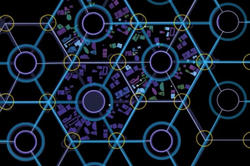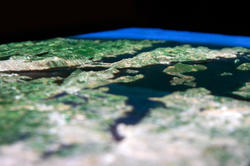A multidisciplinary team builds on research conducted in the spring linking advanced technologies, public environments and personal experience.
Hyundai Collaborative Propels Student Research
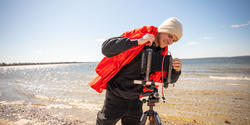
How can designers and artists leverage their unique perspectives and take cues from nature to build a more sustainable future for the planet? Students working in a wide range of disciplines are seeking answers to that question as part of the RISD x Hyundai Research Collaborative, a partnership with Hyundai Motor Group (HMG) exploring the relationship between nature, art and design.
“We are thrilled to have in Hyundai a partner that shares our belief in the power of discovery.”
Now in its third year, the research collaborative taps the expertise of Hyundai and Kia designers as well as RISD faculty members, students and researchers working in the Edna W. Lawrence Nature Lab and Co-Works maker space. “Over the past three years, RISD and HMG have developed a remarkable creative synergy, working across time zones, geographies, knowledge domains and institutional cultures,” says Provost Kent Kleinman. “Driving this synergy is a shared conviction that art and design have enormous power to reveal futures we would otherwise never imagine.”
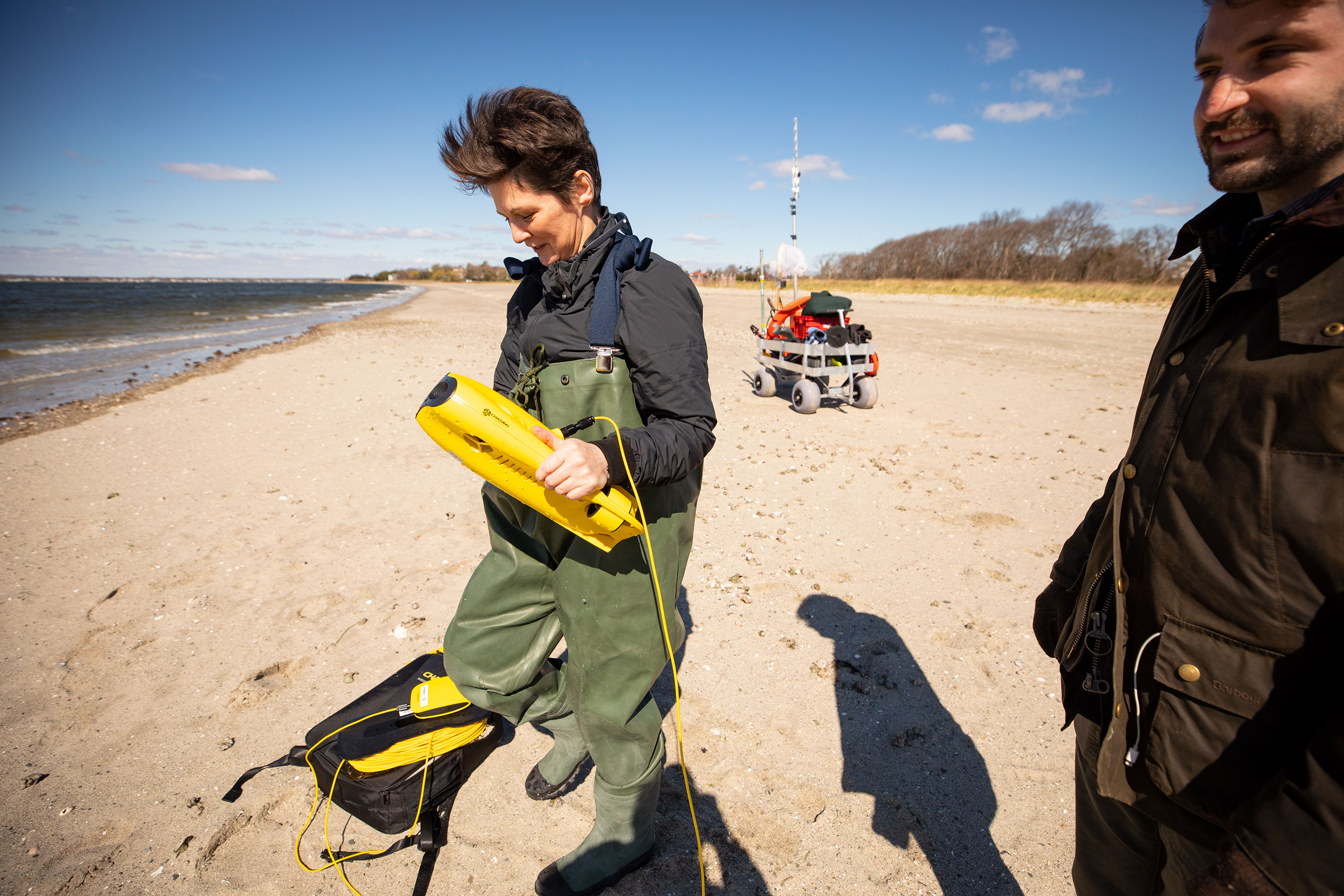
Three dozen students participated in four separate studios this spring focused on ceramics, digital media, glass and robotics. As the summer gets underway, 13 of them will continue to work with the four faculty leads, expanding on their findings and preparing for a fall exhibition showcasing the work.
Faculty lead and Digital + Media Department Head Shona Kitchen describes the section she led, Technological Landscapes, as “an experimental, interdisciplinary research studio focusing on the intersection of place, landscape and technology, with students who have worked with NASA’s Airborne Sensor Facility, Stanford’s Linear Accelerator, URI’s Inner Space Center and the Naval War College.” Participating students investigated the psychological, social and environmental consequences of technological advancement and failure, speculating about possible near futures where science fiction meets the built reality.
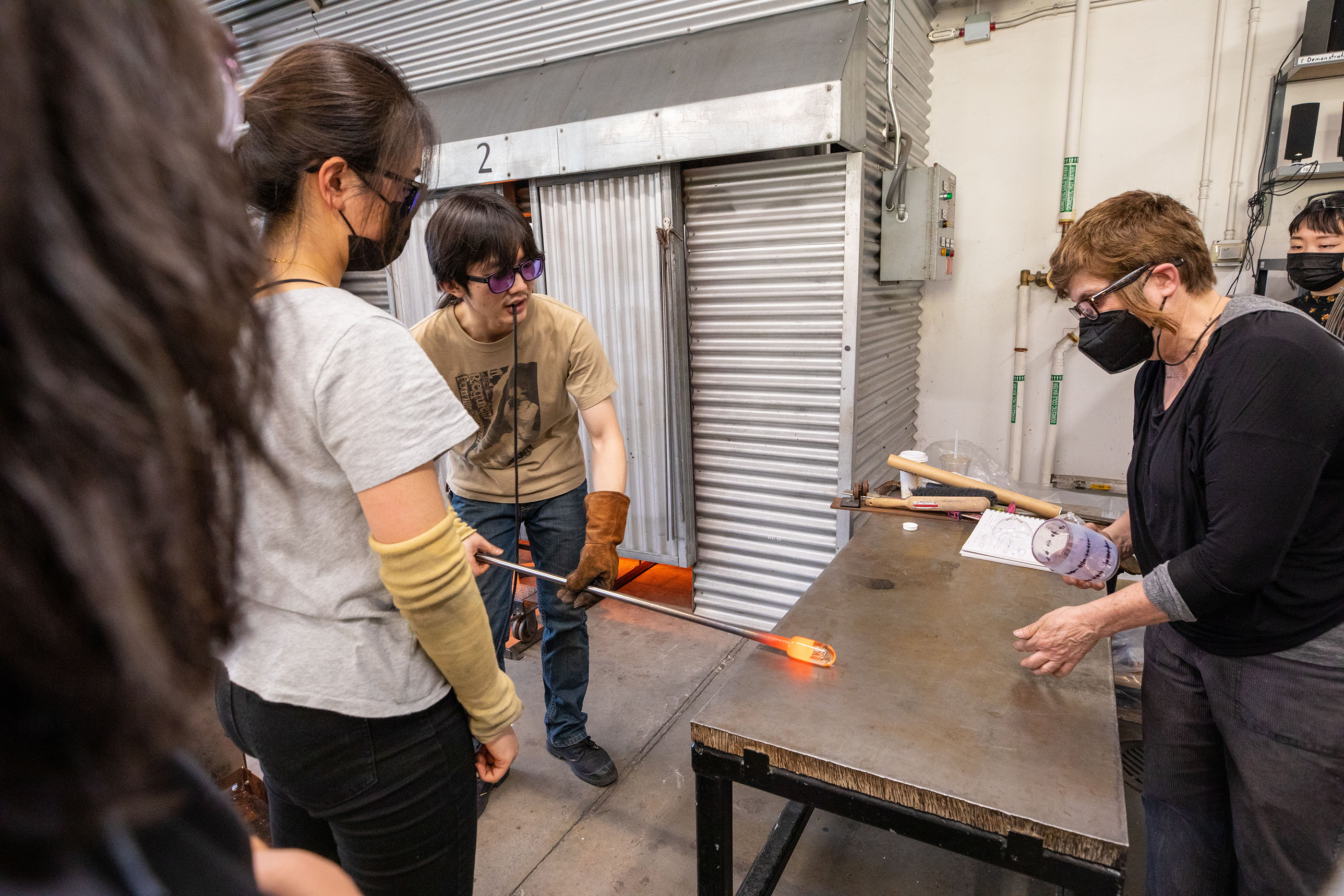
“New technologies impact public perception and consciousness,” Kitchen explains. She refers to the completion of the transcontinental railroad in the 1860s as an example. The railroad reduced the time needed to cross the country from five or six months to under a week. “It changed the scale of the earth itself,” she says, “diminishing the time it took to circumnavigate the globe.”
The goal of students in her studio was to develop a deeper, more collaborative relationship with the natural environment by taking the time to truly understand how it works, rather than how we want it to work. Senior Preeti Ganesh 22 FAV, for example, studied plant species that live at the bottom of the ocean in search of ideas about designing habitable structures in extreme environments. And Owen McCarter 22 PH examined PCB contamination along the Housatonic River in Massachusetts and how local plant species have evolved to contain them.
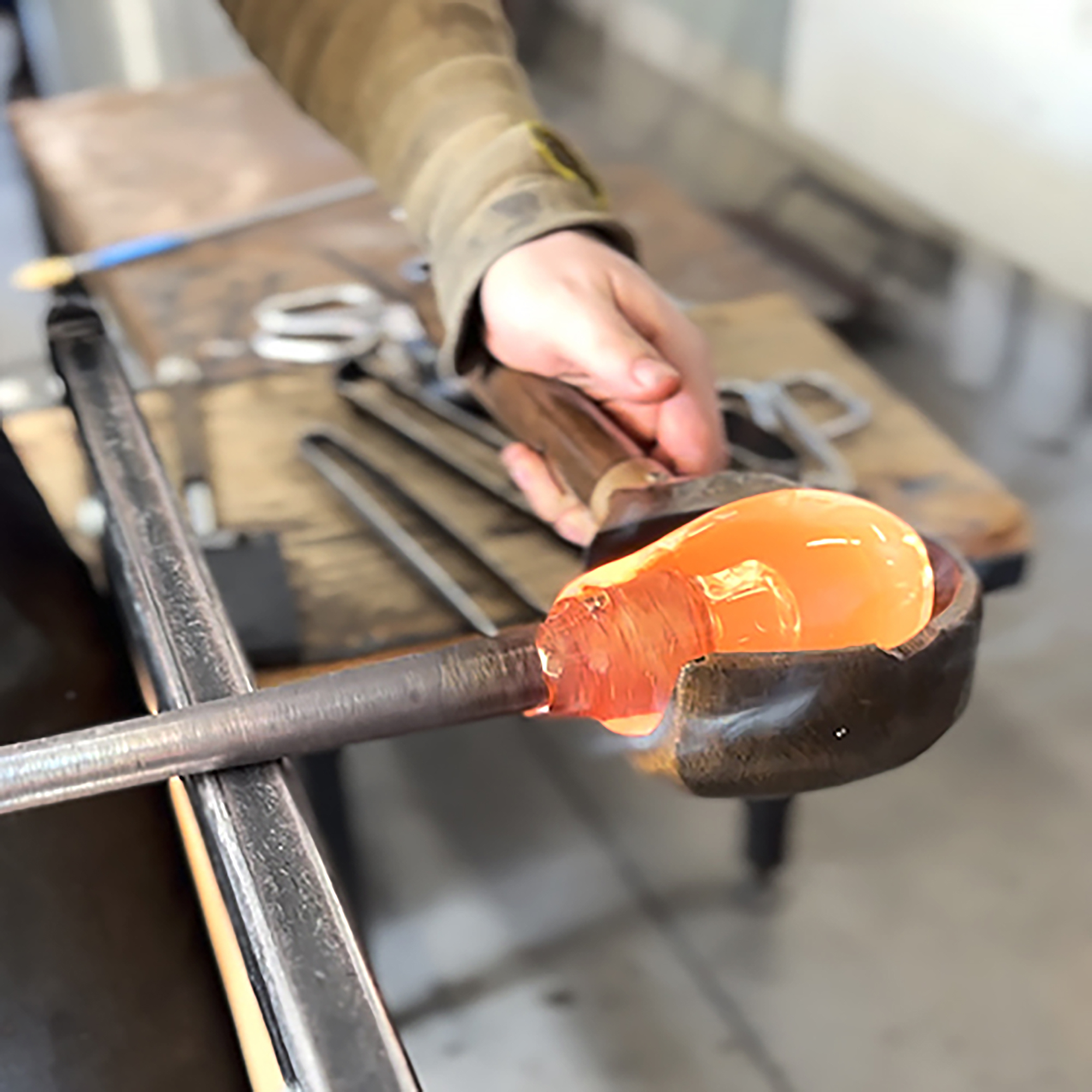
Students in Experiments in Optics, a graduate-level Glass studio led by Department Head Jocelyne Prince MFA 94 GL, used research and hands-on experimentation to explore the role of optics in the realms of physics, projection, magnification, perception, imaging and media. “I conducted experiments in glassblowing, lenses and spherical mirrors that guide the eye into an object,” says studio participant Ariel Aravot MFA 23 GL. Agustina Markez MFA 23 SC also experimented with a variety of lenses. “I’m interested in the distortions they produce and how different types of distortion make people feel,” she says. “For instance, the fish eye lens effect enables us to see the world in the same way a specific animal does.”
“I’m interested in the distortions [lenses] produce and how different types of distortion make people feel.”
In Digital Ceramics, led by Associate Professor Lesley Baker MFA 00 CR, students tapped new technologies such as 3D scanning and paste clay extrusion to produce sustainable materials. “Although ceramics is a natural material, it requires processing with ingredients shipped across state lines and high energy use to fire pieces multiple times to completion,” Baker says.
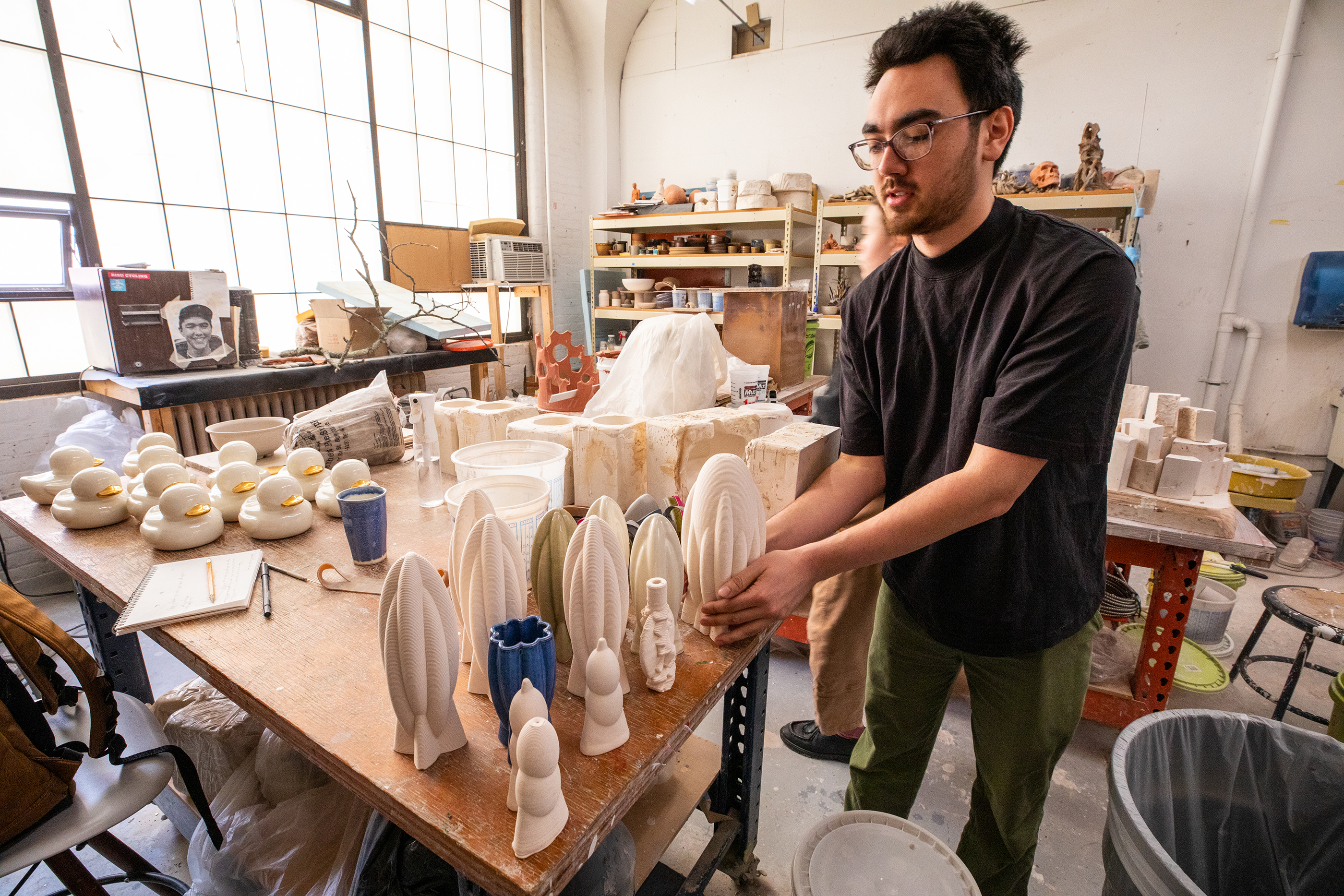
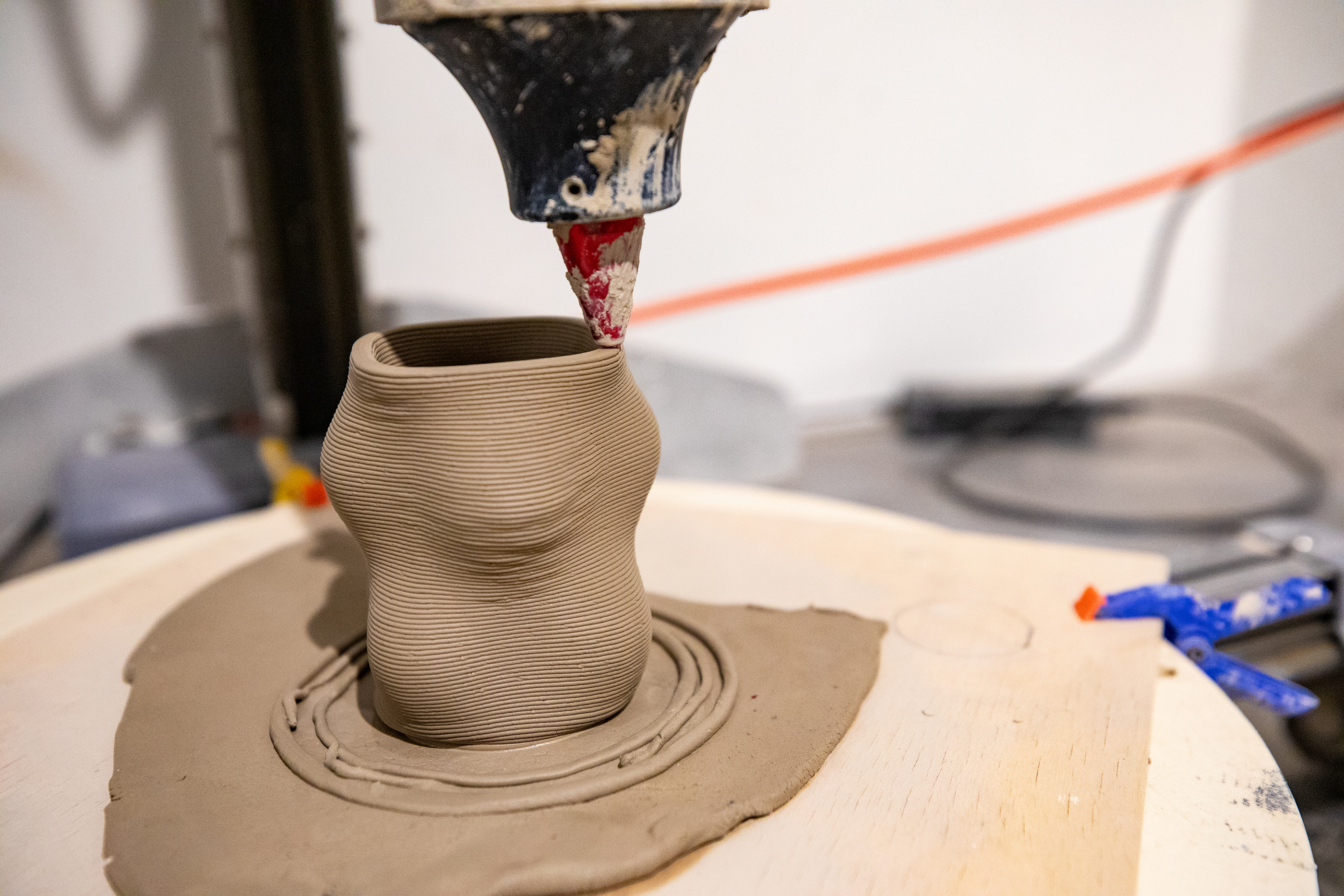
Students tested locally sourced, upcycled and waste materials for alternatives. For example, Jacob Sussman MFA 23 CR experimented with self-glazing clay that requires less heat in the kiln, producing impressive results using such sustainable materials as coconut waste. Other students worked with an open-source printer to gain a better understanding of how shared technology leads to unexpected connections and new ways of making.
“Although ceramics is a natural material, it requires processing with ingredients shipped across state lines and high energy use to fire pieces multiple times to completion.”
And finally, the future-oriented Robotics for the Pluriverse studio, led by Associate Professor Paula Gaetano-Adi, served as an experimental laboratory for analyzing, studying, imagining, speculating and making robots and other artificial “intelligent” beings. “Conceived as a collaborative learning community, this studio interconnects a diverse array of perspectives and disciplines, from state-of-the-art robotic and AI technologies to the cultural work of sci-fi cinema and literature to critical scholarship related to human-machine interaction and the politics of robotics,” says Gaetano-Adi.
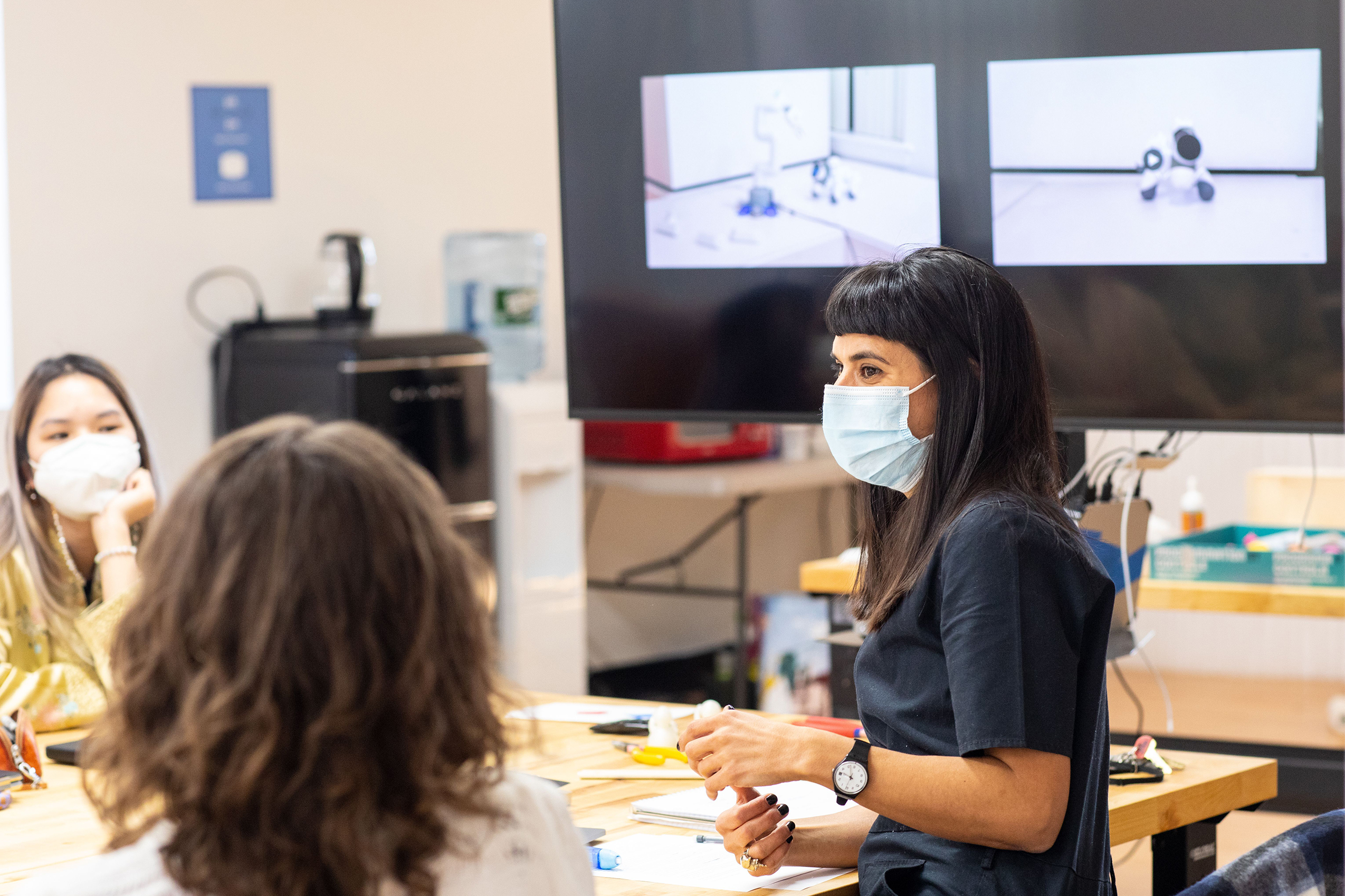
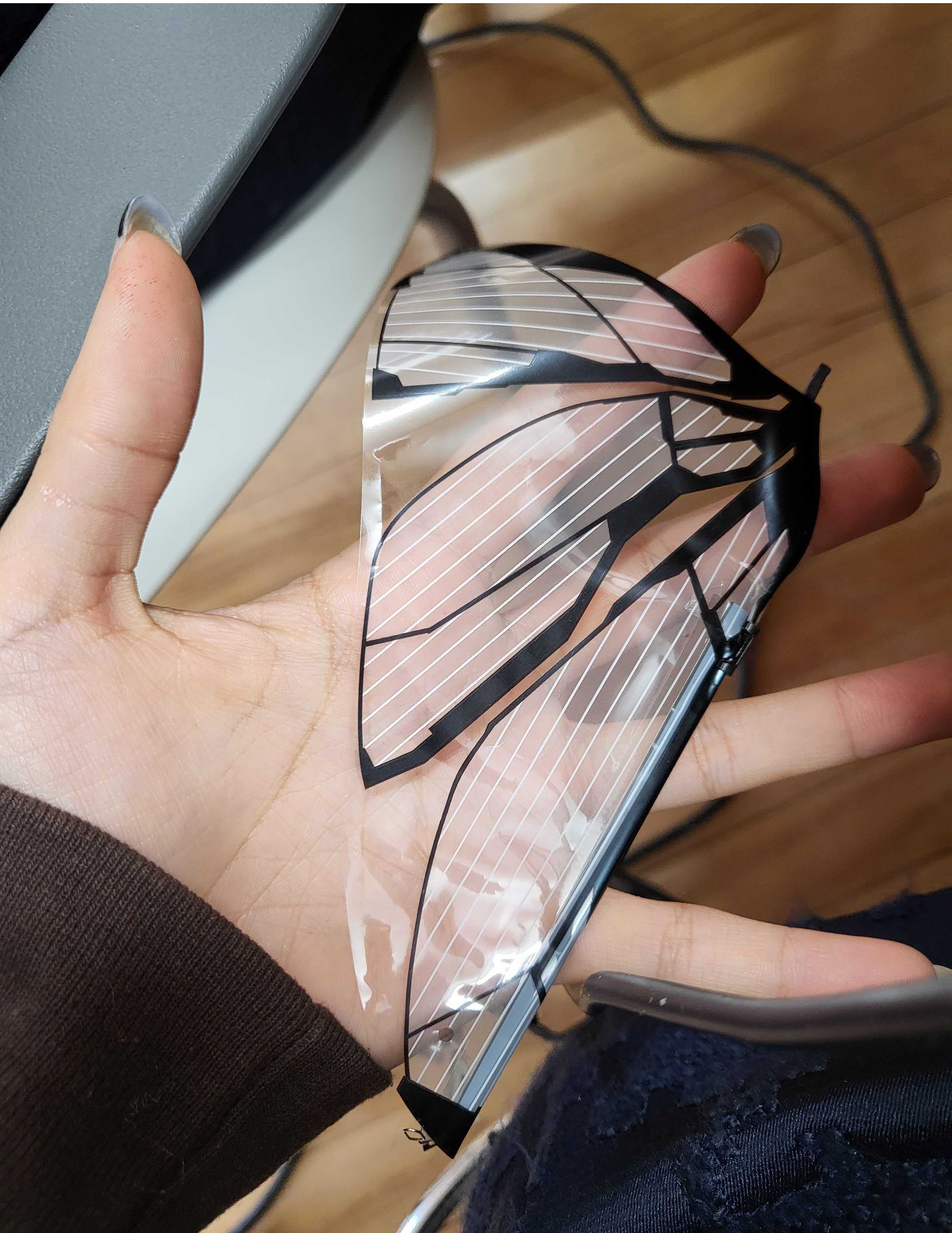
Design Engineering students Samantha Ho MADE 22 and Lilly Nguyen MADE 22 wondered how robotic creatures that they call “symbiots” might mimic the behavior of biological organisms to measure and improve local ecosystems. They took inspiration from the butterfly and envisioned symbiots that could be released in cities to evaluate levels of carbon dioxide, nitrous oxide and particulate matter in the air.
“These groundbreaking student research projects are a testament to the value of our partnership with Hyundai.”
“These groundbreaking student research projects are a testament to the value of our partnership with Hyundai,” says Vice Provost for Strategic Partnerships Sarah Cunningham. “We’re extremely proud of their accomplishments and their ability to embrace complicated concepts and steer them in new and unexpected directions.”
And President Crystal Williams adds that the research helps us “imagine future realities and gain new insights towards the creation of socially and environmentally just societies. We are thrilled to have in Hyundai a partner that shares our belief in the power of discovery.”
—Simone Solondz / photos by Jo Sittenfeld MFA 08 PH
July 5, 2022
